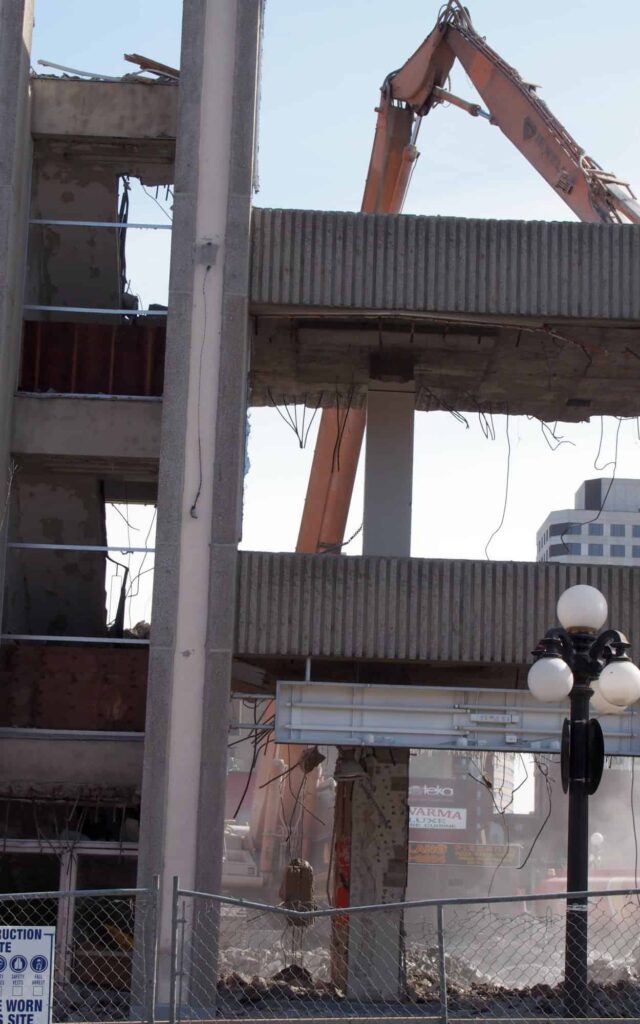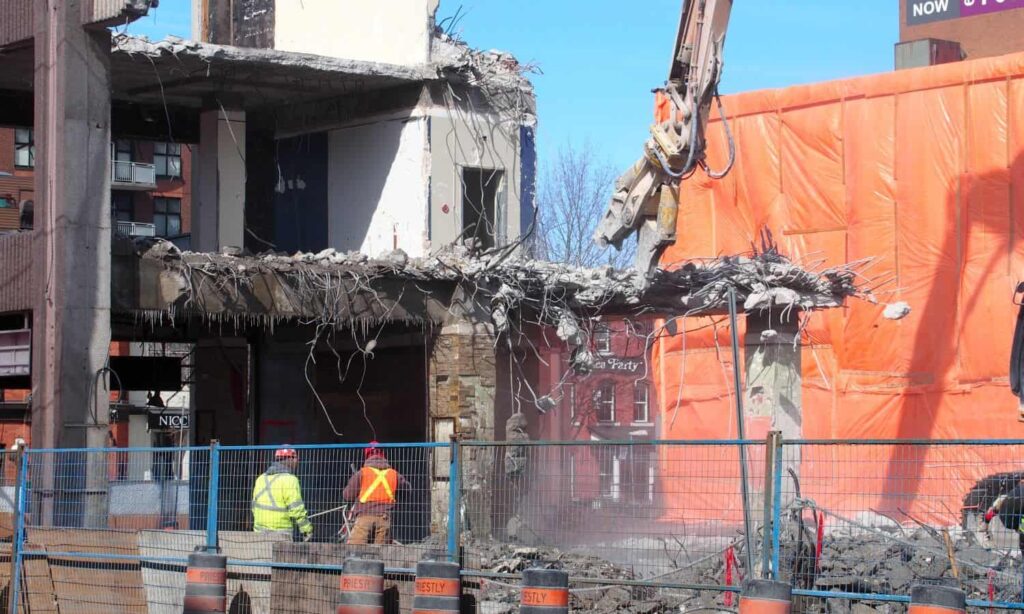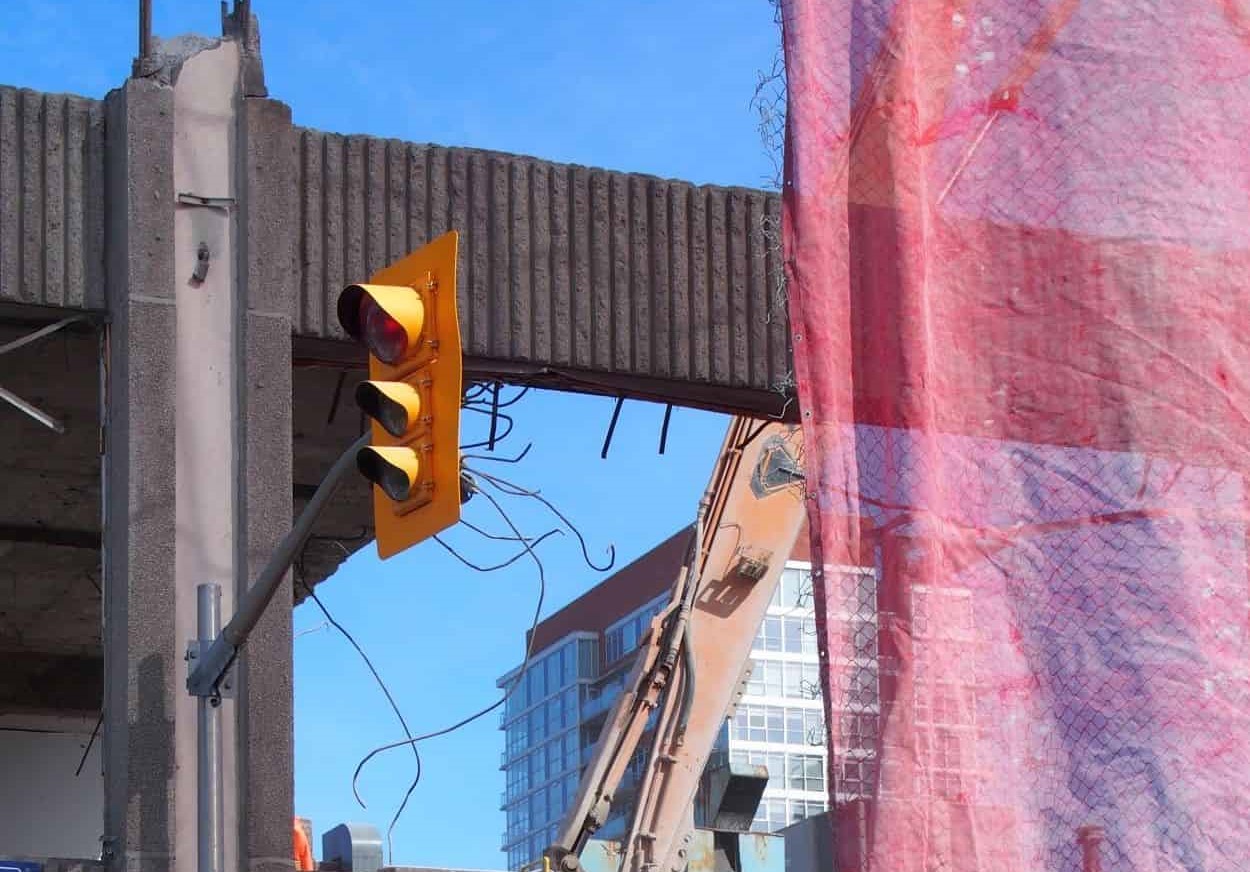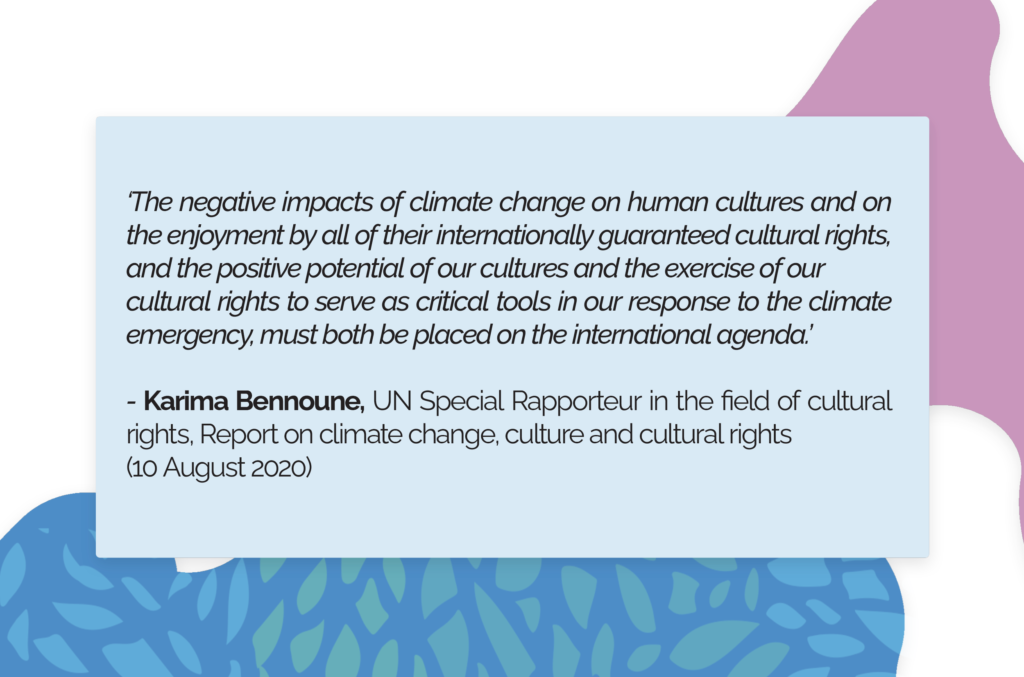The Climate Heritage Network (CHN) has just announced their upcoming 2-year plan which includes realizing sustainability goals through cultural nuances that support and sustain communities in realizing climate resilient futures.
The CHN is a global network of more than 250 member organizations committed to supporting communities in achieving the ambitions of the Paris Agreement by scaling up culture-based climate action.
TRACE architectures is the only Canadian architecture firm to date that has become a CHN member, and encourages our colleagues in the architecture and conservation fields to join in on Climate Action. As a member of the inaugural Steering Committee, founding Partner Mark Thompson Brandt indicates that this work is now projecting into the mainstream construction field and the time to start helping create the change in the industry is now!
The CHN has two main goals for Climate Heritage Action over the next two years.
1. INCREASE CULTURE-BASED CLIMATE ACTION
Both in quantity and quality at local, regional, national, and international scales and all across sectors, emphasising the power of arts, culture and heritage to help people imagine and realize low-carbon, just and fair, climate resilient futures.
This goal stems from the nuances that exist within place-based and culture specific approaches to climate action. With a focus on people and the need for approaches that distinguish between the elements of culture and heritage, the CHN is determined to face climate change by becoming part of the response to an ever-changing environment.
The CHN defines three components to achieving this goal within their action plan:
Developing ‘guiding values’ for culture-based climate action within a set of practices for designing and implementing culture-based climate action that is just and inclusive. These guideline values will be grounded in science-based projects that connect to broader climate efforts and goals.
Developing and promoting tools to help CHN members more effectively use culture, including art and heritage, to empower people to re-imagine and realize low-carbon, climate resilient futures, especially through rights-based, place-based, and people-centred approaches.
Design and launch the Culture Initiative of the Race to Resilience to deepen understanding and action on the cultural dimensions of resilience. This includes the work for the Heritage in Climate Planning project (CHN Working Group 4), which hopes to mainstream culture into the implementation of the 2030 Sustainable Development Goals agenda and report on the role of culture in climate resilient sustainable development (CHN Working Group 5).

Some of their upcoming events related to this outreach includes the launch of a Member Forum and YouTube channel for information exchange and dissemination, with an added layer of improving virtual accessibility.
Other tools for encouraging creation of tools, includes developing and promoting the Building Recycling and Retrofit needs, as a critical means to achieve carbon reduction. The CARE tool, developed in part by the CHN Working Group 3 (of which MTBA’s Mark Thompson Brandt is a member), promotes and popularizes the practice of Building Recycling and Retrofit as a critical means to achieve required carbon reduction.
2. TRANSFORM CLIMATE POLICY VIA CULTURE
Stimulating Engagement by Cultural Voices with Key International Climate Policy Issues at all levels of government by using culture and heritage to influence policymaking with social imaginaries of low-carbon, just and fair, climate resilient living.
Stimulate Engagement by Cultural Voices at Key Climate Policy Forums by engaging with various initiatives and organizations (such as the COP27 Presidency SURGe Initiative, Global Alliance for Building and Construction, and the Marrakech Partnership for Global Climate Action) to promote heritage conservation, historic building rehabilitation and new cultural heritage targets in climate policy.
Some of MTBA Associates’ work aligns with these calendar goals, related specifically to the buildings and infrastructure realms of culture–based climate action.

CLIMATE IMPACTS
Building and Infrastructure: Organizations such as Architecture2030 is working on shifting from a build-first mindset to a building reuse centered one. Operationalizing Whole Life Carbon Accounting (WLCA) by linking operational carbon reductions to embodied carbon investments can help understand true sustainability. We have the knowledge and technology to put it into action, but we must first focus on aligning policy and economics to support decarbonization.
Waste and Consumption: A good first step in identifying heritage and culture organizations includes actively advancing waste reduction or circular economy through a heritage lens or with a heritage component. Cultural and Heritage organizations can help to form workgroups/task forces/other programs that actively seek to advance the integration of culture/heritage into circular economy policies and practice at a global scale.
Addressing climate change impacts on culture and cultural and natural heritage must be accelerated at all levels, with a focus on better modelling, vulnerability assessments, and the transfer to action items including resilience building, disaster risk reduction and adaptation planning. Through a precautionary approach, these action items hope to deliver the emissions reduction needed to reach a 1.5-degree Celsius pathway. Other means of collaboration for investigating climate impacts includes partnering with the National Geographic Society to promote science-based and community-led values driven by climate vulnerability assessments for heritage places.
MTBA has begun integrating some of the CHN’s goals into our approaches and practice. After all, the built environment is used by people, each with unique needs to addressing climate resiliency.


